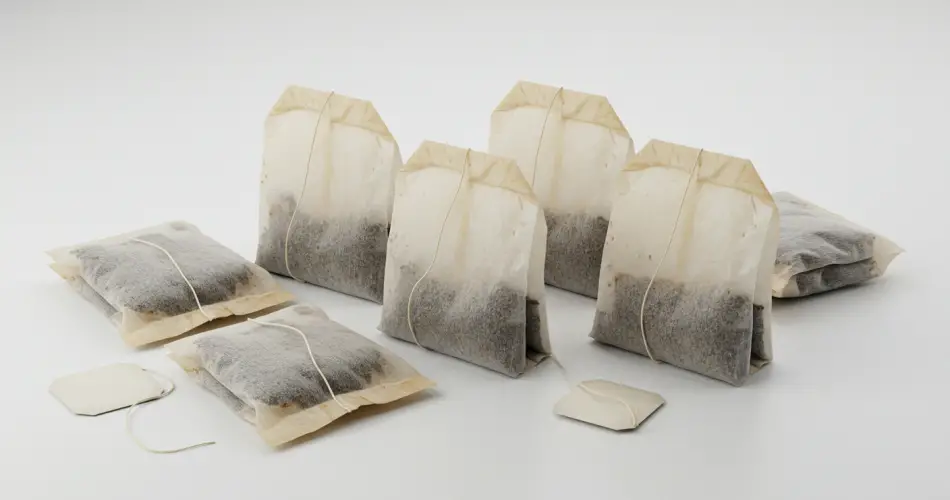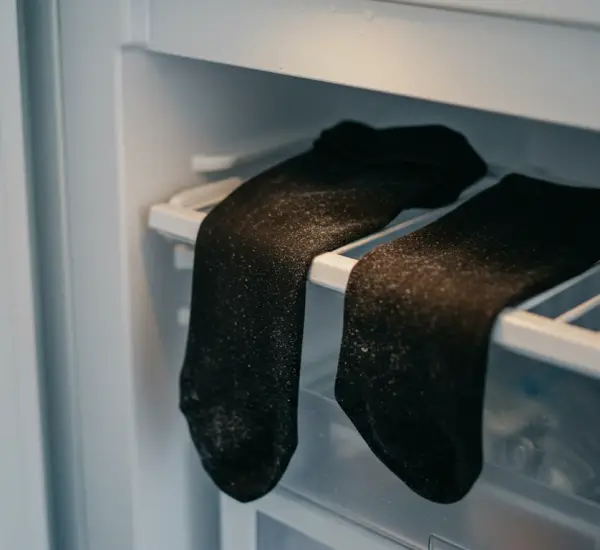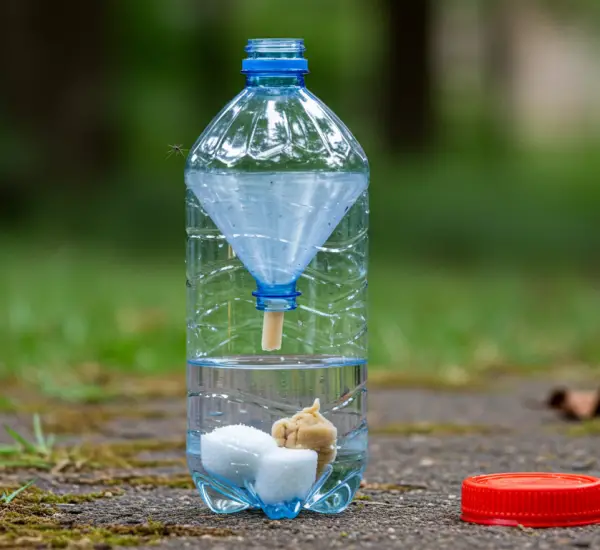Used tea bags are often overlooked and discarded without a second thought, but these small pouches can actually be extremely useful and environmentally friendly if handled properly. Whether you are looking to reduce waste, save money, or find creative ways to use everyday items, learning how to recycle tea bags can be a game-changer. In this article, we’ll explore the correct disposal of tea bags, their potential for creative reuse, and why you should never throw them away carelessly.
Proper Disposal of Tea Bags
Tea bags are a staple in households worldwide, used daily to brew the perfect cup of tea. While convenient, many people are unaware that not all tea bags should be discarded in the trash. The proper disposal method depends on the materials used in the tea bag itself.
The first step is to check whether the tea bag is biodegradable or compostable. Biodegradable tea bags, often made from paper or plant-based fibers, can be disposed of in the organic waste or compost bin. This method allows the tea bags to break down naturally, turning into nutrient-rich compost that can enrich the soil and promote healthy plant growth.
If the tea bag is not biodegradable, or contains nylon, polypropylene, or other synthetic fibers, it should be discarded in the regular trash. Always refer to the packaging to verify the materials, as some tea bags may appear paper-based but contain small amounts of plastic to prevent leakage.
Regardless of the disposal method, never throw tea bags into the environment. They can contribute to litter, harm wildlife, and negatively impact the ecosystem. By understanding proper disposal and recycling methods, you can reduce your ecological footprint and ensure that even a small item like a tea bag contributes to sustainability.
Creative Ways to Reuse Tea Bags
Beyond proper disposal, used tea bags can be repurposed in clever and practical ways, extending their usefulness around the home. Two of the most effective methods involve controlling moisture and enhancing fragrances in clothing and storage spaces.
1. Reducing Moisture in Drawers
One common household problem is moisture accumulation in drawers, which can lead to mold, mildew, and unpleasant odors. Used tea bags are natural dehumidifiers. After brewing your tea, remove the bag, let it dry completely, and place several dried tea bags inside drawers.
The tea bags absorb excess moisture, keeping clothing, linens, or other stored items dry. Over time, this not only protects your belongings but also reduces the need for chemical dehumidifiers or synthetic moisture absorbers. Additionally, tea bags can help neutralize odors, leaving drawers smelling fresher without any artificial fragrances.
2. Freshening Clothes and Wardrobes
Used tea bags can also act as natural air fresheners for clothing. Place dry tea bags in closets, drawers, or storage boxes to impart a subtle, pleasant aroma to your garments. Unlike commercial air fresheners, this method is chemical-free, safe for sensitive fabrics, and cost-effective.
The key is to ensure that the tea bags are completely dry before placing them in contact with clothes or other stored items. Moist or damp tea bags may cause staining or encourage mold growth.
3. Other Creative Applications
Beyond drawers and wardrobes, tea bags can also be repurposed in other practical and creative ways:
-
Eye compresses: After brewing and cooling, tea bags can be applied over tired or puffy eyes. The natural tannins in tea reduce inflammation and soothe the skin.
-
Exfoliants: Dried tea leaves inside the bag can be used as a gentle scrub for hands or face, providing a natural alternative to synthetic exfoliators.
-
Household deodorizer: Place dry tea bags in shoes, gym bags, or even refrigerators to absorb odors and leave a subtle scent.
By thinking creatively, used tea bags can serve a variety of purposes, reducing waste and enhancing your daily routine.
Environmental Benefits
Using tea bags in these ways has multiple environmental advantages:
-
Reduces landfill waste: Repurposing tea bags keeps them out of trash bins, decreasing the volume of household waste.
-
Promotes composting: Biodegradable tea bags contribute organic material to soil, improving fertility and structure.
-
Reduces chemical use: Natural tea bags replace commercial products like air fresheners or moisture absorbers, which often contain synthetic chemicals harmful to the environment.
-
Encourages mindful consumption: Learning to reuse tea bags fosters a sustainable mindset, encouraging thoughtful disposal and creative problem-solving in everyday life.
It’s important to note that not all tea bags are suitable for reuse. Only those made from biodegradable or compostable materials should be employed for DIY projects, home dehumidification, or wardrobe freshening. Nylon or synthetic tea bags may release microplastics or harmful substances and should be discarded safely.
Step-by-Step Tips for Reusing Tea Bags
-
Brew your tea as usual.
-
Remove the tea bag and let it dry completely on a plate or tray.
-
Identify a target use—drawer moisture control, closet fragrance, or DIY projects.
-
Place the dried tea bags in the chosen location.
-
Replace or refresh the bags every few weeks to maintain effectiveness.
By following these simple steps, tea bags can be reused multiple times, extending their life and providing practical benefits around the home.
Final Thoughts
Used tea bags are far more valuable than they appear. Rather than discarding them immediately, consider their potential to enhance your home, save money, and benefit the environment. Whether used for moisture control, natural fragrance, or DIY skincare, tea bags can transform from a simple brewing tool into a versatile household asset.
By embracing these methods, you can reduce waste, recycle creatively, and promote sustainable living, all while enjoying the simple pleasures of a cup of tea. Next time you finish a cup, think twice before tossing the tea bag—it may be worth more than you realize.



